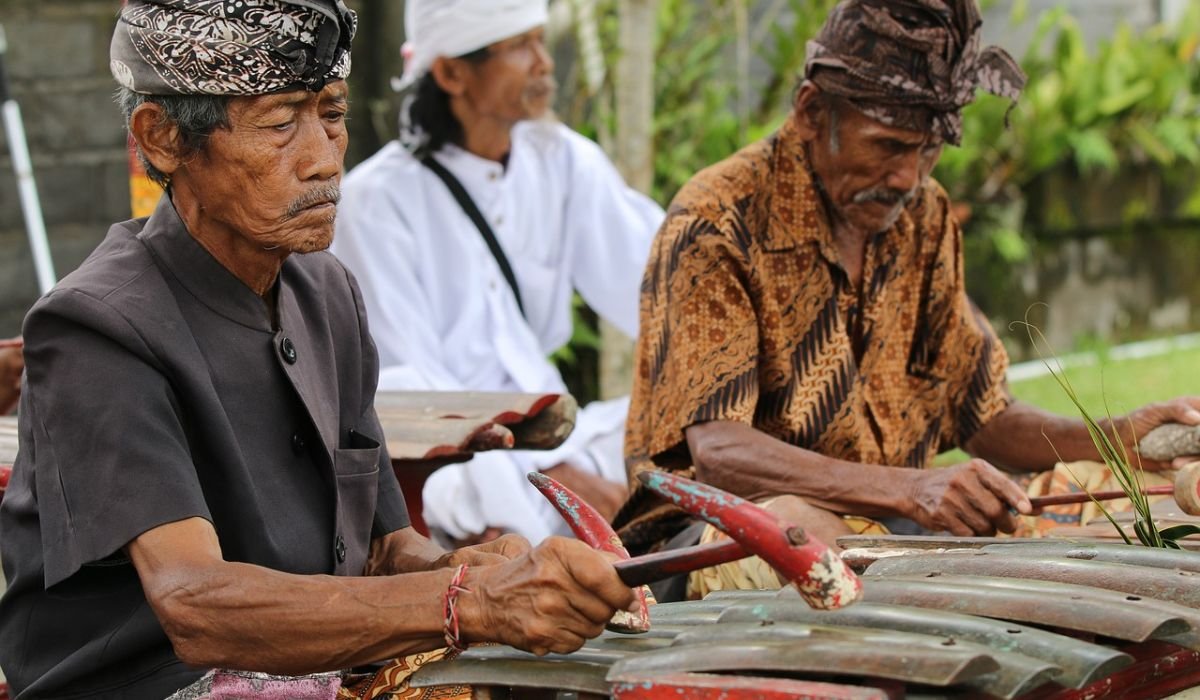Introduction
Beyond the Sands of Time
The Amaziğ, often referred to as the Berbers, are an indigenous group that has been an integral part of North Africa for thousands of years. Known as the “free people” or “noble people,” the Amaziğ have a rich history, vibrant culture, and a strong sense of identity that has withstood the sands of time and the tides of change.
Who Are the Amaziğ?
The Amaziğ people are the original inhabitants of North Africa, with a population spread across countries such as Morocco, Algeria, Libya, Mali, Niger, and Tunisia. Their presence predates recorded history, and they have maintained a distinct cultural and linguistic identity despite waves of foreign invasions and cultural assimilation efforts. This deep-rooted connection to their land and heritage makes the Amaziğ a fascinating subject of study for historians and cultural enthusiasts alike.
The Amaziğ Language and Culture
Amaziğ languages, often collectively referred to as Berber languages, are a family of languages spoken throughout North Africa. These languages are as diverse as the people who speak them, with numerous dialects reflecting the varied regions and communities of the Amaziğ. The cultural traditions of the Amaziğ are equally rich, encompassing unique customs, vibrant art, and traditional crafts that have been passed down through generations. From intricate jewelry to colorful textiles, the artistic expressions of the Amaziğ continue to captivate and inspire.
The Amaziğ in North African History
Pre-Islamic North Africa
Before the spread of Islam, the Amaziğ played a significant role in shaping the civilizations of ancient North Africa. They established powerful kingdoms and dynasties, such as the Numidian and Mauretanian kingdoms, which left a lasting legacy in the region. The Amaziğ contributed to various fields, including art, architecture, and philosophy, influencing the course of North African history.
The Arab Conquest and Islamic Influence
The Arab conquest in the 7th century marked a turning point in Amaziğ history. This period saw the introduction of Islam and significant cultural changes. While many Amaziğ embraced Islam, they also retained elements of their pre-Islamic culture, leading to a unique blend of traditions. However, the process of Arabization gradually eroded some aspects of Amaziğ culture and language, as Arab culture became more dominant.
The Amaziğ Renaissance
The 20th century witnessed a resurgence of Amaziğ cultural identity, often referred to as the Amaziğ Renaissance. This movement sought to preserve and promote Amaziğ language and culture in the face of continued marginalization. Efforts were made to revive the use of Amaziğ languages, establish cultural institutions, and celebrate Amaziğ heritage. This renaissance has played a crucial role in reaffirming the Amaziğ’s place in North African society.
The Amaziğ Struggle for Recognition
Colonialism and Oppression
The colonial era brought new challenges for the Amaziğ people. European powers, particularly France and Spain, imposed their control over North Africa, further suppressing Amaziğ culture and identity. The division of territories and imposition of foreign rule exacerbated the struggles faced by the Amaziğ, as they sought to maintain their cultural heritage amidst external pressures.
The Amaziğ Movement
In response to these challenges, the Amaziğ movement emerged to advocate for cultural and political rights. This grassroots movement aimed to secure recognition for Amaziğ identity and language, challenging the dominance of Arab nationalism. Key figures and organizations, such as the World Amazigh Congress, have been instrumental in advancing the Amaziğ cause on both national and international stages.
Challenges and Opportunities
Today, the Amaziğ people face a complex landscape of challenges and opportunities. While progress has been made in terms of cultural recognition, there is still work to be done to ensure the preservation and promotion of Amaziğ culture in a globalized world. Balancing tradition and modernity, the Amaziğ continue to strive for greater representation and influence within their societies.
The Amaziğ in Modern Society
Amaziğ Identity and Nationalism
The concept of Amaziğ identity plays a significant role in shaping modern North African societies. For many Amaziğ, cultural identity is intertwined with political aspirations, as they seek to assert their rights and autonomy within their countries. This dynamic relationship between Amaziğ identity and Arab nationalism has been a driving force in contemporary social and political discourse.
Amaziğ Culture and Arts
Amaziğ culture is a vibrant tapestry of music, dance, and crafts that continues to evolve and thrive. Traditional music and dance forms, such as the Ahwash and Ahidous, remain integral to community celebrations and cultural gatherings. Amaziğ artisans are renowned for their craftsmanship, creating exquisite jewelry, pottery, and textiles that reflect their deep connection to their land and heritage.
The Amaziğ Diaspora
Beyond North Africa, Amaziğ communities have established themselves in various parts of the world, including Europe and North America. The Amaziğ diaspora faces unique challenges and opportunities as they seek to maintain their cultural identity while integrating into new societies. These communities serve as ambassadors of Amaziğ culture, fostering connections and raising awareness about their rich heritage.
You May Also Like: Teltlk A Journey Through Telecommunication
Conclusion
A Resilient People
The Amaziğ people have demonstrated remarkable resilience and adaptability throughout history. From their ancient roots to their modern-day struggles for recognition, the Amaziğ have remained steadfast in their commitment to preserving their cultural identity. In doing so, they have enriched the cultural mosaic of North Africa and beyond.
In conclusion, the Amaziğ are a testament to the enduring power of culture and identity in the face of adversity. By celebrating and preserving the Amaziğ heritage, we honor the legacy of a people who have shaped and continue to shape the course of history. For those interested in exploring this fascinating culture further, numerous resources and opportunities await to deepen your understanding of the Amaziğ experience.
FAQs
What is the origin of the term “Amaziğ”?
The term “Amaziğ” translates to “free people” or “noble people,” reflecting the pride and resilience of the Amaziğ people.
Where are the Amaziğ people predominantly located?
The Amaziğ population is spread across North African countries, including Morocco, Algeria, Libya, Mali, Niger, and Tunisia.
What is the significance of the Amaziğ Renaissance?
The Amaziğ Renaissance was a cultural movement in the 20th century that aimed to revive and promote Amaziğ language and culture, affirming their place in society.
How has colonialism impacted Amaziğ culture?
Colonialism imposed foreign rule and further suppressed Amaziğ culture and identity, exacerbating the challenges faced by the Amaziğ people.
How does the Amaziğ diaspora contribute to preserving their culture?
The Amaziğ diaspora serves as ambassadors of their culture, raising awareness and fostering connections in their new communities.











